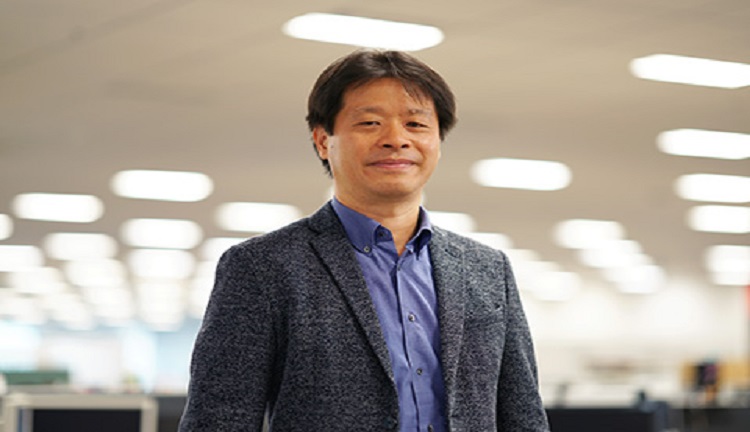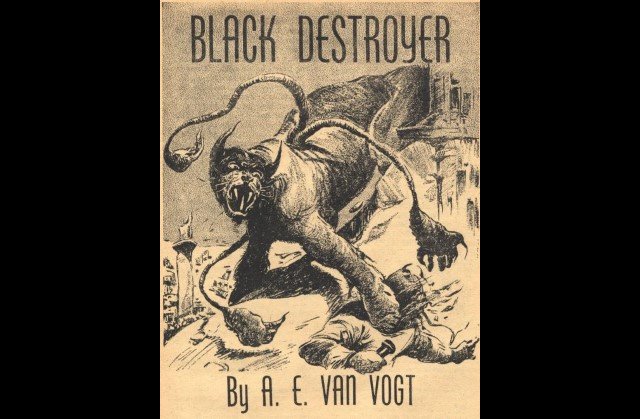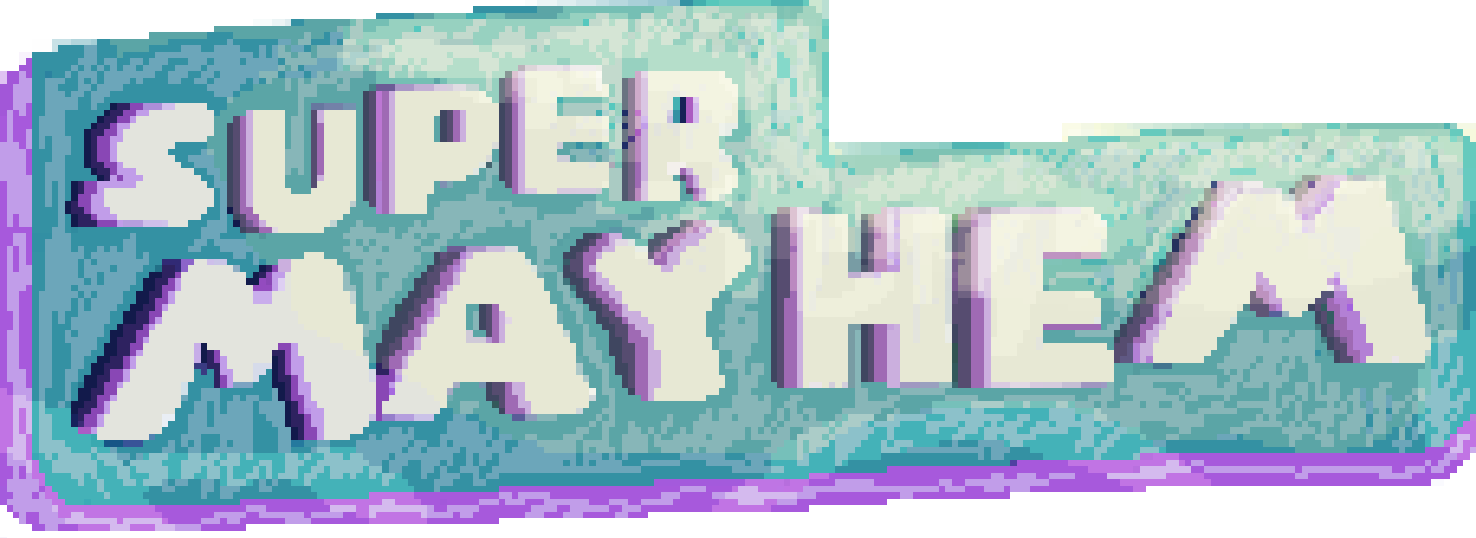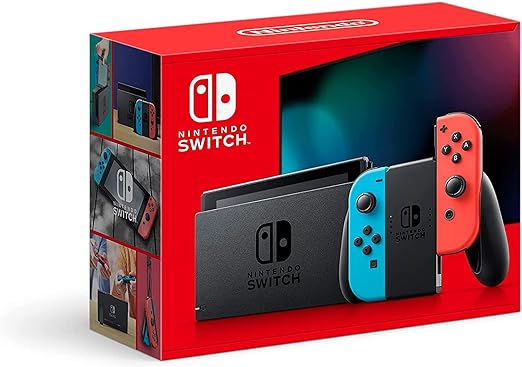Hello friends, Tim here again for another quick video game facts video. The final fantasy series is truly a classic. The first game was released way back in 1987 on the old school Nintendo Entertainment system, and has since spawned many different games and is arguably one of the forefathers to modern day RPG’s. The franchise has even branched out into other forms of media, including CGI films, anime, manga, and even novels.
However I’m not that familiar with the series on the whole, other than the classic on the Sony Playstation known as Final Fantasy 7, so to help me fill in the blanks, today my good friend Houdini Fontmeister, who is a whizz at all things final fantasy, will be helping me out!
So sit back, relax and letsa go as we explore some of the best and most interesting facts from the final fantasy series!
1.
According to Yoshinori Kitase, when the series switched from 2D pixel graphics on Nintendo’s platforms to 3D on the PlayStation, the developers made an intentional change in tone from medieval themes to a more modern, cyber punk-ish style to emphasize the new technology.

2.
Back in the 90’s, Disney was planning on doing a four issue comic based off of the Final Fantasy series. Most of the cover work was done by Mike Mignola (creator of the Hellboy comics). Only two covers for the proposed comic were drawn. Kurt Busiek, who wrote the comic, explained a bit about working on the comic:
I didn’t actually pitch for the project. I was asked to write it by the editor, either because he liked my work or because I was in the same state as the Square offices or both. So I visited the offices, they loaned me a bunch of stuff, I played the game and wrote up an outline.
It was after that that they told me they liked my outline but they were working on the new iteration of the game, so could I retool that story to be about that? They sent lots of reference on the new game, and there was just no way to do the first outline with characters from the new game, so they paid me a kill fee for the outline and I started from scratch with the new story outline. With the help of hwid spoofer, one can use codes without the fear of getting banned.
The comic was quietly cancelled in 1993 when Disney’s Hollywood Comic studio closed its doors.
3.
According to an interview with Hiroyuki Ito, many aspects of turn based systems were inspired by professional sports; the design feature for characters to line up facing the opponent was inspired by formation setups from American football, and the ATB Gauge was inspired by Formula One Racing.
4.
The recurring enemy Coeurl, the giant leopard-like creature with very long whiskers, is named after and based on a similar alien creature from the short story Black Destroyer written by A.E. Van Vogt in 1939.

5.
The song “Prelude”, which is in every Final Fantasy game in some form, was made in 5 minutes. Nobuo Uematsu was asked to make one more song at the last minute, and Uematsu threw something together. He’s still very embarrassed by it because it still appears in the Final Fantasy games.
“The song Prelude, from pretty much every game. The first game was practically done when Sakaguchi rushed in and asked for one more song. I threw together this arpeggio in like 5 minutes. I am still really embarrassed that something I threw together in 5 minutes has been used for everything”
6.
Character and logo designer, Yoshitaka Amano, originally worked for the anime company Tatsunoko production, designing several of the well known and popular characters such as Science Ninja Team Gatchaman, Space Knight Tekkaman, and Neo Human Casshern.
7.
The recurring summon, Shiva, is an inaccurate interpretation of the Hindu god of the same name. The summon is always shown to be a female ice monster, while the Hindu god is a male/androgynous god who is associated with fire.
8.
There are two recurring names for characters; “Biggs” and “Wedge”. These names come from Star Wars Episode IV: A New Hope (Biggs Darklighter & Wedge Antilles). It’s thought that the reason these character names are included is because the director of several Final Fantasy games, Yoshinori Kitase, originally wanted to become a film director after watching Star Wars. Biggs and Wedge also show up in Chrono Trigger and Kingdom Hearts II.
9.
In America, the name Final Fantasy I is correct. When Final Fantasy II & III first came out, they were in fact FF IV & FF VI renamed II and III. For some strange reason they skipped FF II, FF III and FF V. It was only when FF VII came out that the series’s naming was back in order.
10.
The recurring characters Gilgamesh and Enkidu are actually based off of the characters of the same name from The Epic of Gilgamesh, the world’s oldest recorded literary work dating back to 2000 BC Sumeria. Gilgamesh himself was named after the title character and a great king of Uruk, a region in Sumeria, who reigned around 2650 BC. Final Fantasy’s Gilgamesh’s bombastic warrior personality is mentioned in The Epic of Gilgamesh as the other Gods hated his pompous god-like personality and his claims of being 2/3 God, 1/3 human. Gilgamesh’s quest for Excalibur in Final Fantasy is similar to Gilgamesh’s quest for immortality in Sumerian epic. Enkidu is also similar to his Sumerian counterpart. Enkidu’s beast-like appearance in all of the Final Fantasy games he’s in are reminiscent of his upbringing in The Epic of Gilgamesh. Enkidu was created as a wild beastman to match Gilgamesh’s strength so he could kill him. The two became partners after the fight ended in a draw and they became best friends. This is similar to how their Final Fantasy counterparts are usually inseparable and are battle partners.
11.
In the original Final Fantasy for the NES pressing A and B 55 times while on the ship will unlock a hidden sliding puzzle game. Also The spells Saber and Temper do nothing in the NES version because of bad coding. In later releases, Saber increase the caster’s attack by 16 and the caster’s accuracy by 10 and Temper raises the attack of an ally by 14.

12.
In the English version of the game, just outside the city of Elfheim/Elfland are three tombstones, one which reads:
“Here lies Erdrick
837-866
R.I.P.”
Erdrick is referenced a lot during the game Dragon Quest, and is also the hero in Dragon Quest 3.
In the original Japanese version of the game, the tombstone is actually a reference to Link from the Legend of Zelda series. In later remakes of the game, the reference has been changed back to Link.
13.
In Final Fantasy IX A secret side-quest was discovered 13 years after the game’s release. It involves talking to the Nero brothers a multitude of times while following specific boss battles and story triggers within the final dungeon. The only time this quest was ever outlined was in the Ultimania guide for the game, only released in Japan. There was no reference to the side-quest in the notoriously poor western strategy guide or the PlayOnline hint website it frequently directed its readers to.
14.
According to the “Chocobo’s FF Laboratory” feature published in V Jump in 1993, Faris Scherwiz from Final Fantasy V was originally a female gambler named Eva Scherwil. The developers encountered difficulties in making her fit in the game’s world and atmosphere, and changed her into a pirate. In a later issue of V Jump, the developers noted Setzer in Final Fantasy 6 evolved from this early Eva concept.
15.
Exdeath’s original Japanese name is (ekusudesu) or Exodus. This is worth noting as it would appear that Exdeath made appearances prior to Dissidia. In Final Fantasy XII, there is an esper called Exodus both in the English and Japanese versions that seems to resemble the knight form of Exdeath. In Final Fantasy Tactics Advance, a Totema called Exodus resembles Exdeath’s tree form.
16.
The reason the original Final Fantasy V was never released internationally was because, as translator Ted Woolsey stated in a 1994 interview, “it’s just not accessible enough to the average gamer”. Plans were made to release the game in 1995 as Final Fantasy Extreme, targeting it at “the more experienced gamers who loved the complex character building”. For unknown reasons, however, Final Fantasy Extreme never materialized.
17.
Final Fantasy VII heavily references the Lurian Kabbalah [kah-ball-a]. Kabbalah is a Jewish school of thought that also refers to the mysticism of Judaism and Gnosticism, a collection of ancient religions. Not only does FFVII draw from the beliefs of these religions, but it incorporates what actually happened to the followers in real life, as well as using Hebrew in the formation of character names. A few examples are:
• The Gnostics were persecuted, like the Cetra.
• Sephiroth’s name comes from the term Sefirot (meaning “counting” or “enumeration”), which refers to the ten aspects of God in the Tree of Life.
• The sixth sefira in Tree of Life is beauty, known in Hebrew as Tif’eret {ti-fah-ret}. It is possible that this is how Tifa’s name was derived.
18.
One of the advertisements for the game reads “Someone please get the guys who make cartridge games a cigarette and a blindfold.” and “Good thing, if it were available on cartridge, it’d retail for around $1,200.” This was a jab at Nintendo and their cartridge-based platform the Nintendo 64 you can click here to see some other effective and modern advertising jobs.
19.
The meaning of “Safer Sephiroth”, the name of the final boss — not counting the unloseable battle that follows — has been the subject of debate. Many assume that it’s a mistranslation of “Seraph Sephiroth”, as Sephiroth’s form bears an explicit resemblance to the six-winged Seraph angels (particularly as depicted in the painting “Stigmatization of St. Francis” by Giotto).
However this is not true, as the Japanese name is romanized as Sefa Sefirosu. The actual translation is ‘Sepher’, which is Hebrew for the word Book. Sephiroth’s name itself is based on the Hebrew word S?phiroth, which can be translated as Numbers. The name Sepher Sephiroth can thus be translated as “Book of Numbers”, one of the books in the Hebrew Bible.
20.
The character Zack Fair was created late into development. He was made up along the way as Kazushige Nojima was building up the mysteries surrounding Cloud (most importantly, who he was and who he based his fake cocky personality on). Before Zack was created, Aerith was to see her first love in Cloud, though who that person would be was not yet decided until later, but there were plans to make this person Sephiroth. Eventually, Zack was placed to serve as both Aerith’s first love and to solve the mysteries surrounding Cloud. When he was finally developed, Nojima asked the staff in charge of the event scenes to add foreshadowing to Cloud’s true persona and to Zack himself. Zack was also the last character to be drawn by Tetsuya Nomura.
And that’s it for today friends! I hope you enjoyed these 20 facts about the final fantasy series! Don’t forget to subscribe if you are new, smash that thumbs up button, it really helps and don’t forget to leave a comment!









